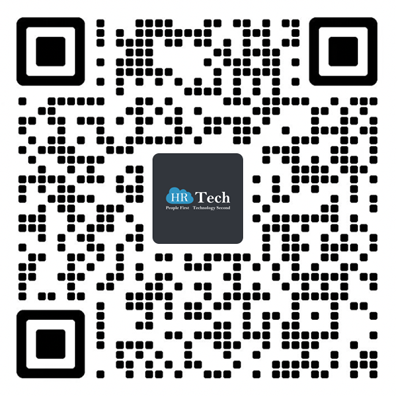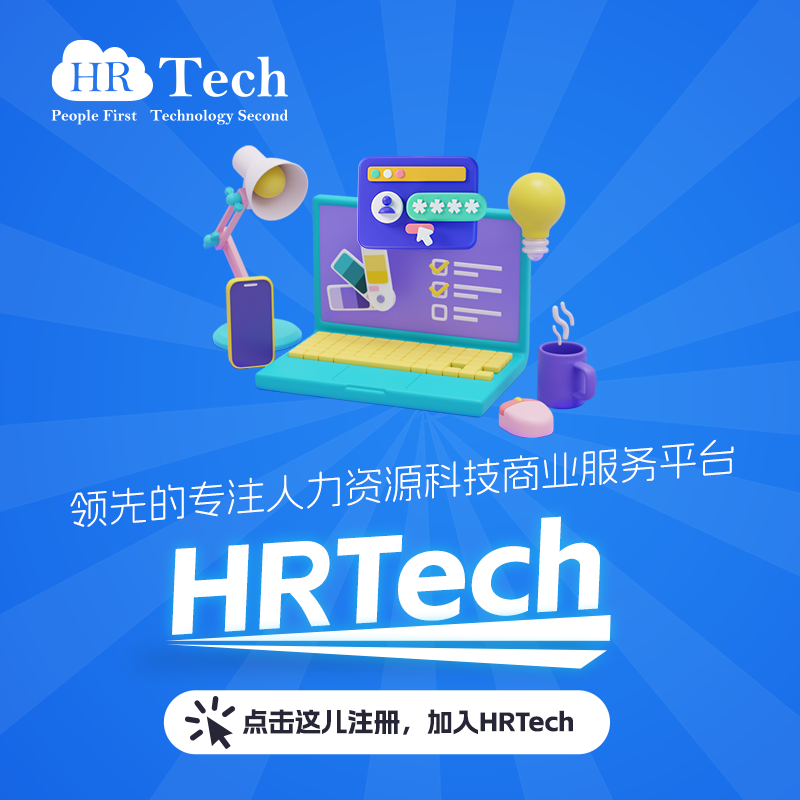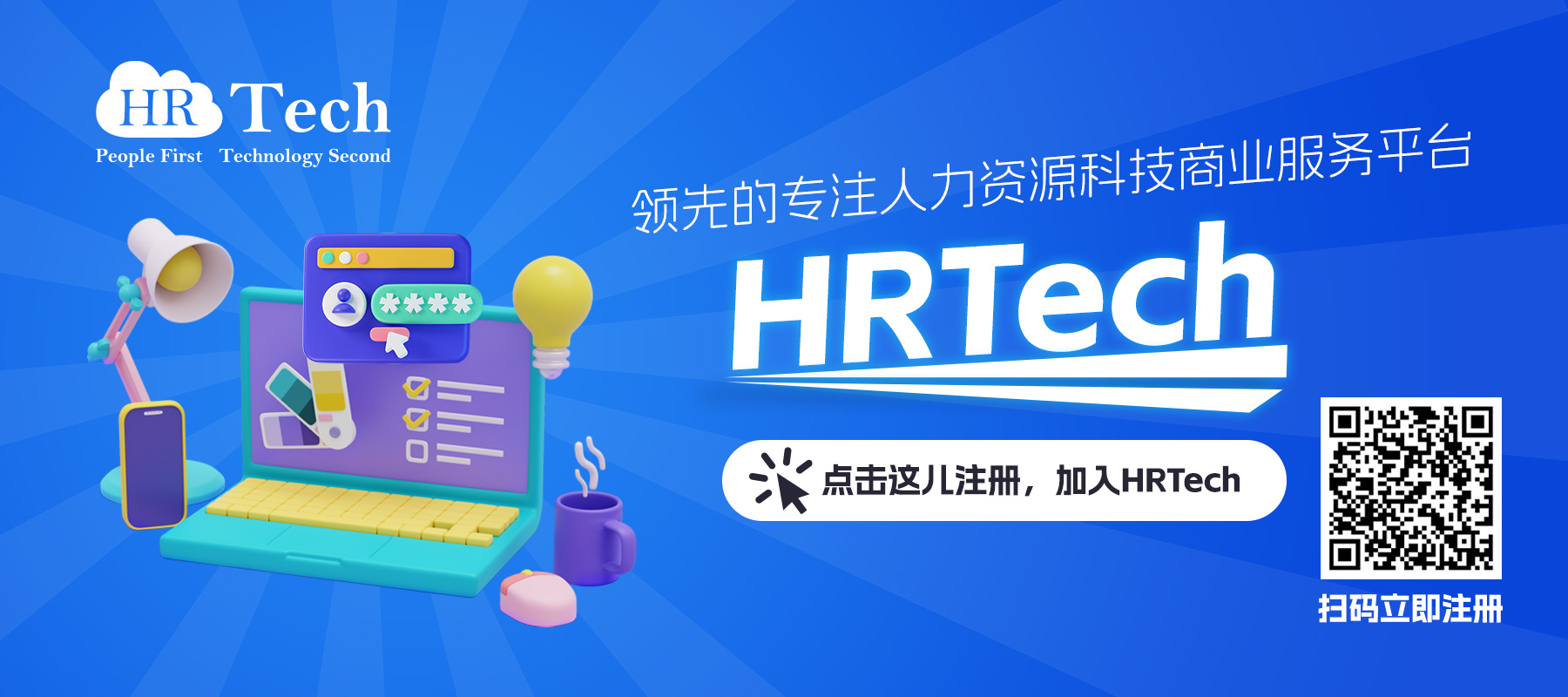投融资
主营办公空间管理 SaaS 系统的 Condeco 获 3000 万美元 A 轮融资,将在全球范围内推进战略性收购
近期,伦敦初创企业 Condeco 获得来自 Highland Europe 的 3000 万美元 A 轮融资。
Condeco 是一家为企业 “办公空间管理” 提供解决方案的服务商,主要为一些大公司提供工作空间和会议室调度 SaaS 系统及相关配套显示屏硬件,服务内容包括会议室预定、时间流管理,办公空间管理、员工出勤情况考核等。
近期, Condeco 收购了美国一家通讯公司 myVRM ,收购完成后, Condeco 不仅可以管理实体办公空间,并且可以帮助公司管理通讯办公资源。
目前, Condeco 在全球范围内有 12 个办事处,超过 250 名员工,客户包括 GE、 Barclays 银行、路透社、联合利华等大公司,业务范围覆盖美国、欧洲、中东、非洲和亚太地区。
得益于服务项目的唯一性和广泛的服务范围, Condeco 获得了欧洲初创公司中少见的 3000 万美元 A 轮融资。这笔资金将被用于巩固 Condeco 在 “办公空间管理技术” 领域的领先地位。 Condeco CEO Paul Statham 认为,接下来的业务增长点应该来自公司在北美、欧洲和亚太地区进行的战略性收购;以及公司即将投入开发的中小企业板块服务业务。
目前,国内也有一家类似 Condeco ,为企业提供基础设施和内部流程协同的 Saas 平台—— Remi ,这家公司今年 2 月获得了黑马基金 200 万元人民币的天使轮融资。
原创文章,作者:张悦,如若转载,请注明出处:http://36kr.com/p/5048403.html
投融资
返券激励员工节省差旅费的Rocketrip,再获900万美金B轮融资
据国外媒体报道,美国差旅管理平台 Rocketrip 获得了 900 万美金的 B 轮融资。此轮融资由美国一家老牌风险投资基金 Bessemer Venture Partners 领投,现有投资者 Canaan Partners 和 Genacast Ventures 也参与了此轮投资。
Rocketrip 成立于 2013年,是一家通过返券激励员工节省差旅费的差旅管理平台。
要出差的员工只需在 Rocketrip 上选定出差线路,Rocketrip 便会根据公司的差旅标准(比如是否可以坐头等舱?),以及目前交通与宾馆的平均市场价格生成预算。接着员工可以自己去订交通工具和旅馆,最后将收据传给 Rocketrip 的邮箱——其中员工实际产生的差旅费用比 Rocketrip 算法生成的预算低的部分便算此次出差节约的金额。然后,Rocketrip 会根据员工省下的钱返给其点数,员工可以根据点数兑换现金和礼品代金券。
Rocketrip 方面透露,仅仅在在今年第一季度的,Rocketrip 平台上的客户就平均每趟差旅节约 301 美元,相当于他们出差预算的 27%。而他的目标客户群大多来自像 Opower,Wayfair 这些每年差旅费用在 100 万美金以上的公司。
据了解,在 Rocketrip 获得成功后,大量类似的公司纷纷涌现出来,比如:去年成立的 TripActions 和 TravelPerk。 Rocketrip 创始人兼 CEO Dan Ruch 在接受采访时表示,很欢迎类似模式公司的诞生,但是并不认为这些公司会和 Rocketrip 产生直接竞争关系,因为,Rocketrip 一直强调差旅费节省本身,而不会将消费强制在 Rocketrip 平台上。因为一旦那样做了,就将失去足够的信服力。
据 Dan Ruch 透露,目前 Rocketrip 已经美国差旅费用管理平台 Concur 达成战略合作。他们为在 Concur 上进行预订的客户开发一套管理工具。目前,Rocketrip 总共有 40 名员工。据了解Rocketrip 还曾在 A 轮获得 620 万美金融资,目前该公司估值尚不清楚。
原创文章,作者:惜墨,如若转载,请注明出处:http://36kr.com/p/5048417.html
投融资
Tower完成2000万人民币A+轮融资,从薪酬管理寻变现之法
Tower近日宣布,已完成总额为 2000 万人民币的 A+ 轮融资,投资方为晨兴资本及今日头条, A 轮投资方红杉资本也在本轮继续跟投。
在团队协作的赛道上,跑在前面的是 Tower、Teambition、Worktile 三家,其中Teambition 在去年9月 份完成了 7640.28 万人民币(1200 万美元)的 B 轮融资,由北极光领投,A 轮投资者 IDG、盘古、Pre-A 轮戈壁投资跟投;Worktile 也在尝试收费,开始商业变现。
而 Tower 目前在国内 Alexa 的排名在 300 左右,使用企业组织在 30 多万,总用户数为 400 万。值得一提的是,Tower 在去年8月 与阿里钉钉达成合作后,3 个月内用户数增长了 200 万。Tower 的决策则是放弃了自己的独立 APP,通过微信、钉钉在做移动端,因为目前的人们的工作场景相对还是集中在 PC 端。
协作领域普遍面临的问题是变现能力比较弱,因为场景不够刚需,选择又较多,在一定程度上微信群都可以满足。所以,Tower 开始寻找其他的变现出路。
不得不说,薪资是一个企业的刚需,考勤、绩效、奖励、社保等等,每一个参数变化都很多。基于此,Tower 就从员工的合同、期权开始,为企业提供一套 HR 管理系统。除了前端招聘不做,人事、福利、薪酬、出勤等都包含在内。这款HR 管理系统叫做 “知人”。
“知人” 首先将企业的劳动合同采用成国家认可的电子合同,接下来配套工资的计算方式。虽然每个公司薪资的计算方式不一样,要用一个标准化的产品去做不是易事,但知人方面告知,他们可以做到适配绝大部分公司。知人强调,现阶段不做定制客户,只做标准化产品。
不过,每家企业选择的发卡银行不同,要跟每一个银行做接口是比较困难的,并且,企业 HR 发工资时还需要转换成银行规定的格式,所以,知人在用微信发工资。那涉及公司层面的税务会有什么出入吗?知人告知,微信倚靠的是腾讯的微众银行,实质和实体银行都一样,政策上也是绝对合规的。
此外,企业还比较担心的问题是薪资数据,对此,知人解释,做企业 SaaS 产品总会不断面临这样的质疑,Tower 也是,但截至目前 Tower 没有出过一次安全事故,所以团队对知人的要求也是如此,一直在用乌云的白帽子、黑客做安全测试,来保障企业客户的数据安全。
至于知人的盈利模式,就是按照企业的人头收费。目前已经有 4 万多用户,服务的企业规模有的达上千人。像是杭州销冠在全国拥有 27 个分公司,1600 人,现在用知人在做全员的工资计算;还有西南地区的新亚,在云贵川渝拥有 13 家苹果体验店,现在通过知人管理了日均 150 人门店销售人员的考勤,等等。
我们知道红杉还投资了一家薪酬 SaaS 公司 “薪人薪事”,问及怎么看待竞争关系时,Tower 方面表示:“这说明资本对 HR 企业级市场还是看好的,赛道不错,并且,这个市场足够大,每一个企业都有 HR,都是潜在的服务客户,一家服务商也满足不了全部。未来拼的还是对产品的专注力。”
Tower 整体团队目前有 50 多人,都是在家办公,分布在几个国家,十多个城市,大家平时都是通过 Tower 在实现远程办公和团队协作。产品都是靠口碑营销,所以一直没有组建销售团队,自然,本次融资的资金将用来扩大知人的客户顾问,类似于销售团队的职能,帮企业 HR 提供培训等。
来源:36氪,作者:徐宁,如若转载,请注明出处:http://36kr.com/p/5048224.html
投融资
印度人力资源管理SaaS提供商Greytip Software获500万美元B轮融资,为本地中小企业提供实惠的HR及薪酬解决方案
Greytip Software 是一家人力资源及薪酬解决方案提供商,他们主要为印度中小企业提供服务。本周五,该公司获得了 3.5 亿印度卢比(约超过 500 万美元)B 轮融资,领投方是恩颐投资(NEA)和 Blume Ventures 两家风投公司。
这笔投资将主要用于提升 Greytip 旗舰云技术解决方案 greytHR,并吸引更多中小企业客户使用他们的产品,另外他们还计划向本地一线和二线市场进行业务拓展。这家初创公司的 SaaS 云技术解决方案 greyHR 实现了多项人力资源工作自动化,包括薪酬管理、考勤追踪等,极大地减少和简化了人力资源工作。
此外,该公司还推出了一款员工自助服务移动 App,企业员工可以随时随地查询自己的工资预扣所得税(TDS)、个人收入(PF)等薪酬信息。据悉,现在每天有超过 3500 家企业及 30 多万名员工使用 Greytip 提供的人力资源服务。
印度恩颐投资的 Tarun Sharma 说道:“目前,印度每月已经有超过 30 万员工使用 Greytip SaaS 平台上的薪酬服务,随着新产品的推出,以及不断扩大的市场范围,greyHR 肯定还会得到进一步增长。Greytip 已经获得了较深的市场占有率,得益于印度公司的数字化发展,让他们成为了中小企业(不管公司的规模大小、所处的行业领域和地理位置)最理想的人力资源平台。”
本文编译自:e27.co,如若转载,请注明出处:http://36kr.com/p/5048307.html
投融资
企业应用便捷化平台Sapho获950万美元融资,欲与Slack进行整合
我们正处在一个创企试图通过开发软件来提升工作效率的大浪潮中,近日,一家致力于促进传统企业应用便捷化的创企受到了市场的关注,并完成了最新一轮融资。这家名为Sapho的公司于日前宣布,公司完成了总额为950万美元的A轮融资,目前的客户包括CBS Interactive,Google,RPX Corporation和Turner等等。
此轮融资的领投方为新入投资人Alsop Louie Partners,跟投的有SoftTech VC,Caffeinated Capital,Morado Ventures,AME Cloud以及Bloomberg Beta。这是Sapho自两年前获得300万美元种子轮融资以来最新的一笔融资。
Sapho面对的市场现象还是比较有意思的:随着时间的流逝,我们可能会看到许多新奇有趣的软件出现,搅乱市场的原有规则。但在许多情况下,大型企业不会那么快从他们的旧系统中走出来。与此同时,当软件保持一成不变时,企业员工们却日益追求与时俱进的办公工具以及更直观的应用——这也就是我们所说的“信息技术的消费化”。
Sapho就是为应对这一问题而诞生的:这家创企打造了一个平台以及许多预设置的“迷你应用”,并将迷你应用与销售软件、人力资源管理平台等进行了整合,这样一来,企业员工们无需真正使用这些应用,就可以接收到实时更新的信息。
当Sapho的三位联合创始人——Fouad ElNaggar,Peter Yared以及Charles Christolini还在CBS工作的时候,他们就发现了这个问题,他们将这种巨额投资企业软件又得不到广泛使用的现象称为IT行业“肮脏的秘密”。
Sapho的付费服务根据公司规模的大小,从每月每用户2美元-每月每用户10美元不等,不管你使用了多少款迷你应用。
Sapho面临的一个痛点是:将来或将有更多平台提供类似的服务。不过,该公司早已想到这一点,他们计划在平台中加入机器学习技术,将用户正在使用的产品视觉化,帮助IT部门更好地创建自己的系统。此外,Sapho还在探索如何将其内部系统拓展并为不同的公司所使用。
Sapho还计划与Slack进行整合,为其单调的迷你应用引入更多功能,如支持用户查找等搜索服务。
本文来自猎云网,如若转载,请注明出处:http://www.lieyunwang.com/archives/184407
作者:蔡妙娴
链接:http://www.lieyunwang.com/archives/184407
投融资
“51社保”完成1000万美元B轮融资,猪八戒领投
“51 社保” 对外宣布,已于今年5月 完成 B 轮 1000 万美元的融资,此轮融资由猪八戒领投,A 轮投资方宽带资本参与跟投。同时,51 社保与猪八戒达成战略合作,猪八戒将面向平台企业开发企业社保业务,与 51 社保合作提供服务。
目前社保赛道上的选手已有很多,两个月前,金柚网刚对外宣布获得 1 亿元的 B 轮融资,后起之秀社保通也在上月宣布获得 3000 万 A 轮融资,对外称单人能效可达 15000。
大家普遍在讲的故事是:机构出人帮企业跑腿、企业出钱买服务,另外,机构再顺带提供给企业各种与 HR 相关的工具,甚至搭建了一整套泛人力资源的服务。比起传统代缴机构,他们的价格相对较低,并且把一部分流程给互联网化,提高了效率。至于商业模式,就是 “跑腿费+工具使用费”。
“51 社保” 的思路是向客户公司提供免费的EHR 人力资源管理系统,一站式管理员工信息、五险一金、商业保险、人员流动以及薪资发放。通过 “发 offer” 功能将服务前置到员工入职阶段,之后不需要 HR 再进行逐个员工的信息录入,而是直接在系统上动动手指点击操作就可以完成员工社保、公积金以及其它定制化商业保险(比如补充医疗、补充工伤等)的增减、缴纳和调整,剩下的 “实操” 事情全部由 51 社保完成,并且会将每个人的办理情况及时进行通知和截图。五险一金每人每月的代理服务费为 19.9 元。
51 社保强调,国内很多宣称覆盖几百个城市的社保服务商都普遍采用 “互为代理” 即转包方式,还有的平台直接采用了类似淘宝的模式,但社保服务与传统的产品买卖有较大差异:第一社保服务购买是长期合约制而非高频复购;第二社保服务是深度服务,直接客户、间接客户有显著差别;第三社保服务链条长,管控要求高,转包有可能出现信息、资金、延时、实做等风险。
而51 社保采用 “京东模式”,在直营城市,从北京派出经理将当地社保服务流程进行梳理,在二线城市,与当地人力资源服务机构合作,不做加盟,必须用 51 的平台、技术系统和标准提供服务。
创始人余清泉告知,目前 80%的社保业务都可以在网上自动化解决,剩下的 20%需要在现场办理。在 2015年 底已完成全国 49 个直营分公司,覆盖全国省会及一二线城市。起初,51 社保的客户以不到 10 人的初创公司为主;而今,主流客户的规模越来越大,已经服务了包括百度外卖、碧桂园、去哪儿、尚德机构等近万人大型企业。
我们回顾一下,51 社保在 2014年8月 获得天使投资,2015年3月 获得 A 轮 400 万美金融资。而本轮的领投方猪八戒定位服务众包平台,已经累积超过 500 万中小企业,据悉,本轮融资后,51 社保将继续引进优秀人才,夯实服务,拓展市场,并开放 “51 社保 +” 平台,向孵化器、企业服务平台、人力资源服务同行、异业合作伙伴,开放服务能力。
来源:36氪,作者:徐宁,如若转载,请注明出处:http://36kr.com/p/5048188.html
投融资
Jobandtalent获4200万美元B轮融资,转型为中小企业提供移动化招聘服务
全面转移移动化的招聘服务初创企业 Jobandtalent 近日获得了 4200 万美元的 B 轮融资。
Jobandtalent 是一家提供招聘服务的初创企业,成立于金融危机之后的 2009年 总部位于马德里。当时正值就业市场低迷,Jobandtalent 的想法是利用自动化的匹配算法(大数据分析 + 机器学习)帮助岗位的供需双方更好地匹配,简化求职和招聘的过程。
原先 Jobandtalent 一直做的是桌面产品,面向的也主要是企业市场。不过 2015年Jobandtalent 开始进行了转型,从桌面转为纯粹移动化,给应用增加了移动消息以及定位功能,为求职者与招聘方人多匹配沟通提供了更多的便利。同时,Jobandtalent 还调整了目标客户市场,把发展重点转移到中小企业上。中小企业的数量原本就很庞大,而且日益成为未来经济的趋势之一,从理论上来说,这可以为 Jobandtalent 带来更多的发展潜力。
Jobandtalent 的目标是替代掉 Adecco 之类的人才招聘机构,成为全球最大的雇佣公司。其杀手锏是免费增值服务—这个求职平台是免费使用,同时提供可选的增值服务赚钱。成本是中小企业(SME)重要的考虑因素,出于节省成本的考虑,SME 可以将招聘与人力管理方面的事情,如就业协议、工资单管理等外包给 Jobandtalent。鉴于此,其主要的目标行业是酒店、销售、物流、行政等。不过,目前 Jobandtalent 仅在马德里、巴塞罗那、墨西哥城、波哥大以及伦敦开展了业务,据称有 1000 万个人用户以及 15 万企业用户。
此轮融资由 Atomico(Skype 创始人 Niklas Zennström 的风投机构)领投,FJ Labs、Steve Goodman 等跟投。加上 1025年 完成的 3900 万美元 A 轮,至此,其总融资已达 8573 万美元。
本文参考了多个信息来源:venturebeat.com
投融资
企业级认证与接入应用OneLogin收购Portadi,提升入职过程自动化
日前,认证和接入应用OneLogin宣布将收购Portadi——一家位于圣何塞的创企。后者于2015年初成立,此次收购的具体收购数额未透露。
OneLogin所处的市场竞争对手不少,还有诸如Okta这样估值过十亿美元的独角兽,但该公司一直致力于改进其服务,而Portadi能大幅提升OneLogin入职过程的自动化。
OneLogin可以作为所有企业云应用的单点登录接口。许多公司都会使用一大把应用,因此从理论上来说,仅仅是登陆应用就会在促使你OneLogin的平台上添加你在某应用上的认证信息。
尽管行业内有规范的SAML标准流程,但不是每个应用都遵循了这个规范。事实上,正是许多应用不遵循规范才催生了OneLogin对Portadi的收购。
从前使用OneLogin时,用户需要手动为每一个外部应用创建一个自定义连接器,而在Portadi的技术被融合后,用户在每次登陆某个系统外应用时,OneLogin会为其自动创建一个连接器。
“Portadi打造出了一种能够无缝检测用户的登陆活动,并且具备高精准度的引擎,在此过程中他们能够捕捉到用户的认证信息,看到这一点后,我立即意识到,这应当成为OneLogin的一部分。”Pedersen在关于此次收购的一篇公司博文中如此写道。
此次收购后,Portadi的创始人们将作为协议的一部分加入OneLogin。此次收购也是OneLogin的第二笔收购案,此前,这家公司还于去年12月收购了网页接口管理创企CafeSoft。
OneLogin成立于2010年,共计获得过4270万美元的融资。该公司最近的一次融资时2014年12月总额为2500万美元的C轮融资。
编译:蔡妙娴
本文来自猎云网,如若转载,请注明出处:http://www.lieyunwang.com/archives/183192
投融资
VMware收购Arkin Net,欲推动客户采用软件定义化数据中心服务
6月14日早间消息,VMware计划收购网络自动化创企Arkin Net,以推动客户采用其VMware NSX及软件定义化数据中心服务。后者是一家位于山景城的低调的数据中心自动化企业。
Arkin Net曾于去年获得700万美元融资,并设计出一款工具,帮助VMware这家虚拟化巨头公司的NSX软件定义化网络服务实现了操作的便捷化。
现今的企业都想要把传统以围墙为基础的安全模式转变为以应用为中心的方式,在此过程中,他们纷纷遇到了无数挑战,而融合式基础架构及软件定义化架构的技术无不增添了这一过程的复杂性。Arkin正是为解决这一问题而诞生的。Arkin提供了一种类似Google搜索的体验,其平台是行业第一个将可见性与安全性融为一体的操作平台,专为SDDC(软件定义化的数据中心)而开发。
Arkin带来的工作效率的提高不仅减少了公司管理人员的时间支出,也加速了安全模式的转换过程。为了进一步将企业运营便捷化,Arkin的算法在初始设置后,会保持对经营调整类变化的观测,以时刻满足对修改安全组的需要。
VMware计划将Arkin的软件集成到其vRealize Suite中,用作对服务器和存储自动化功能的补足。在收购Arkin后,VMware将有能力招揽到更多用户,就现在来看,其与Arkin的整合已经受到了Columbia Sportswear Co.等Akrin客户的欢迎。
VMware未公开透露该笔交易的金额数量,但它提供了关于此次收购的一些机构级信息。比如,Arkin的团队将加入VMware的云管理业务部门,与其网络部门协同工作,为NSX注入更多新的自动化功能。
编译:蔡妙娴
本文来自猎云网,如若转载,请注明出处:http://www.lieyunwang.com/archives/183481
投融资
When I Work获1500万美元B轮融资,解决企业小时工排班难题
我在餐厅工作已经有段时间了,犹记得排班是件麻烦事,它需要将每个人的安排一一罗列在值班室的挂板上。我敢肯定,对于经理来说,安排多个雇员的日程是一个大麻烦。
截至2014年,美国有近8000万名小时工,一些新企业开始使用移动技术,为小时工和经理减少这种排班麻烦。竞争企业有7shifts、Jolt、Zip Schedules、ShiftPlanning、When I Work等,他们都在接受挑战,尝试解决排班问题。
尤其是最后一个When I Work——扎根于明尼阿波利斯的初创公司,目前刚刚在B轮融资中获得1500万美元投资,由Drive Capital领投,Arthur Ventures 和 High Alpha参投。继e.ventures, Greycroft Partners和Arthur Ventures 900万美元的A轮投资之后,迄今该公司的融资总额达到了2400万美元。
When I Work不仅仅为排班服务。通过它,员工可以使用智能手机打卡上班,管理者也可以将其运用到工资机制中。
目前该公司平台上有200万名员工,分布在50000个工作地点。
公司创始人兼首席执行官Chad Halvorson表示,会将此次新融资用于“沟通和协调双管齐下,为小时工提供更好的工具”,以及 “积极争取更多工程、产品和销售人才”。
本文来自猎云网,如若转载,请注明出处:http://www.lieyunwang.com/archives/181874
扫一扫 加微信
hrtechchina
 投融资
投融资
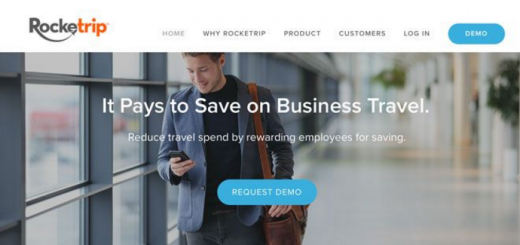 投融资
投融资
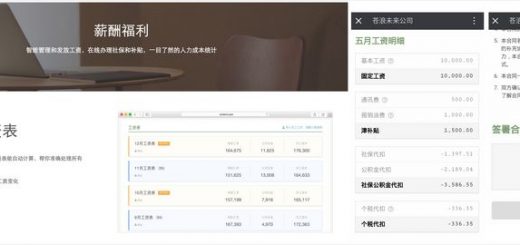 投融资
投融资
 投融资
投融资
 投融资
投融资
 投融资
投融资
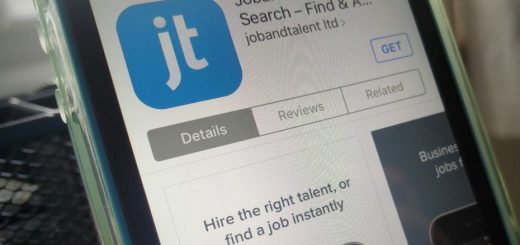 投融资
投融资
 投融资
投融资
 投融资
投融资
 投融资
投融资
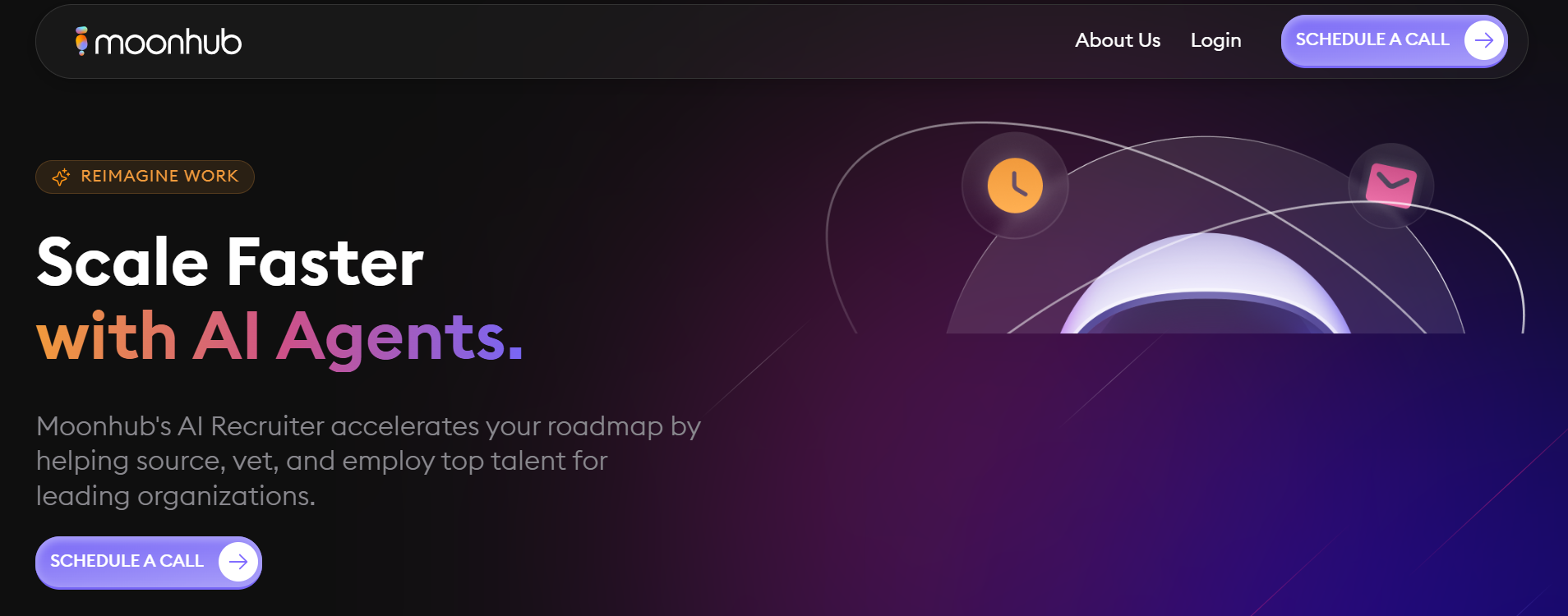




 扫一扫 加微信
hrtechchina
扫一扫 加微信
hrtechchina

